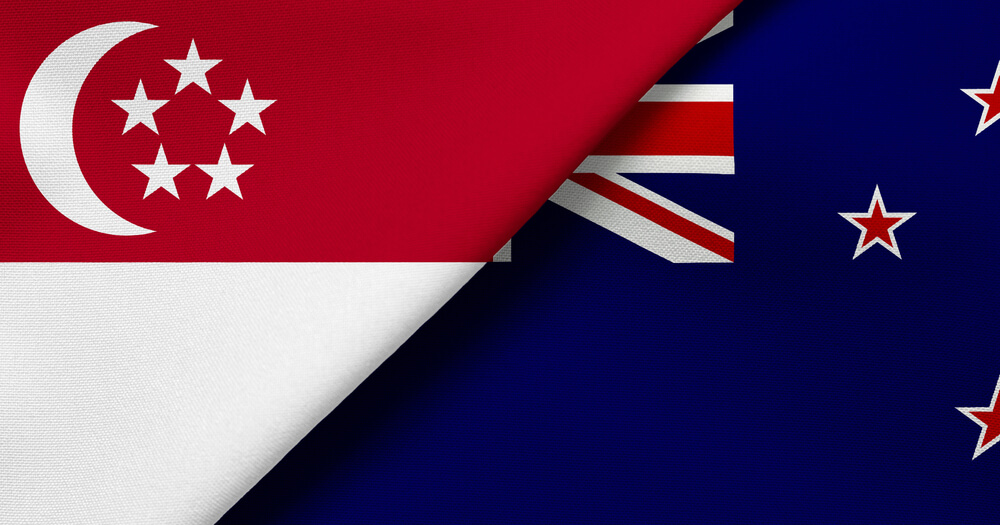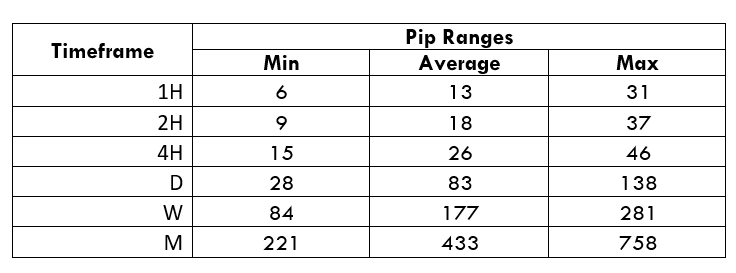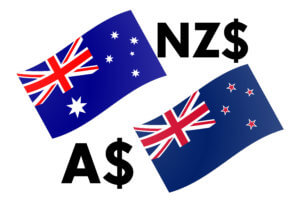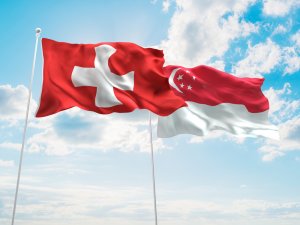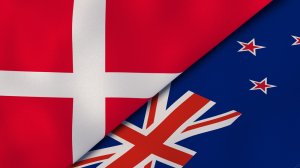Introduction
NZD/SGD is the abbreviation for the native currencies of New Zealand and Singapore. It is considered an exotic pair, where NZD is the first (base) currency, and SGD is the second (quote) currency.
Understanding NZDSGD
This pair’s price determines the value of SGD, which is equivalent to one New Zealand Dollar, NZD. We can quote it as 1 NZD per X number of SGD. For example, if the NZDSGD pair’s value is at 0.90759, we need almost 0.90759 SGD to buy one NZD.
NZDSGD Specification
Spread
The spread comes from the difference between the bid and the ask prices offered by the broker. This value is controlled by the brokers; therefore, traders don’t have a say in this. This value varies on the type of execution used for performing the trades. Below are the ECN and STP values for NZD/SGD currency pair.
Spread on ECN: 26 pips | Spread on STP: 31 pips
Fees
The fee or commission in Forex is similar to the one that is paid to stockbrokers, where it is automatically deducted from traders’ accounts when they take a trade. Note that there are no fees on STP trading accounts, but a few pips are charged on ECN accounts.
Slippage
Slippage happens when a trader tries to open a trade in a price, but it opens at another price. The main reason to occur slippage is the market volatility and the broker’s execution speed.
Trading Range in NZDSGD
Procedure to assess Pip Ranges
- Add the ATR indicator to your chart
- Set the period to 1
- Add a 200-period SMA to this indicator
- Shrink the chart so you can assess a large time period
- Select your desired timeframe
- Measure the floor level and set this value as the min
- Measure the level of the 200-period SMA and set this as the average
- Measure the peak levels and set this as Max.
NZDSGD Cost as a Percent of the Trading Range
If we look at the volatility values at the above table, we can see how the cost changes with the change in volatility of the market. We just have got that ratio and converted into percentages.
ECN Model Account
Spread = 26 | Slippage = 5 | Trading fee = 8
Total cost = Spread + Slippage + Trading Fee
= 26 + 5 + 8
Total cost = 39
STP Model Account
Spread = 26 | Slippage = 5 | Trading fee = 0
Total cost = Spread + Slippage + Trading Fee
= 26 + 5 + 0
Total cost = 31
The Ideal way to trade the NZDSGD
The NZDSGD is a currency pair that has a lot of volatility and liquidity. Therefore, it is easier for a trader to trade this currency pair. The above-mentioned percentage values are all within almost 500%. It is an indication that the cost is higher in the lower timeframe and lowers in the higher timeframe.
In other words, the cost rises with an increase in volatility. Therefore, the risk of this pair is that it is highly volatile. However, the best time to trade in this pair is when the volatility is at the average value. A decrease in volatility is ineffective, while the increase in volatility is risky. Therefore, sticking to the average value is suitable for this pair.
Furthermore, there’s an additional way to lessen the cost of the trades you execute. This is by placing a pending order as a ‘limit’ order instead of a ‘market’ order. In this case, there will be no slippage. So, in this example, the total cost will be reduced by five pips.
STP Model Account (Using Limit Orders)
Spread = 26 | Slippage = 0 | Trading fee = 0
Total cost = Spread + Slippage + Trading Fee
= 26 + 0 + 0
Total cost = 26

